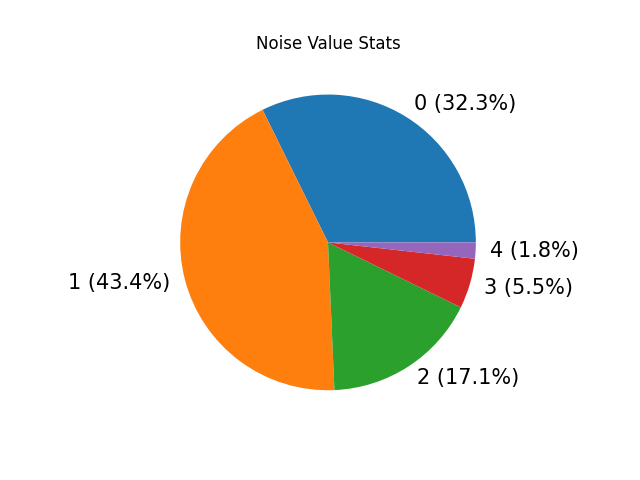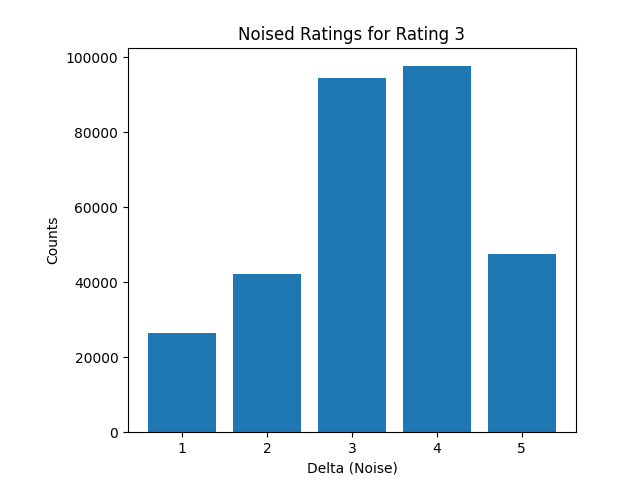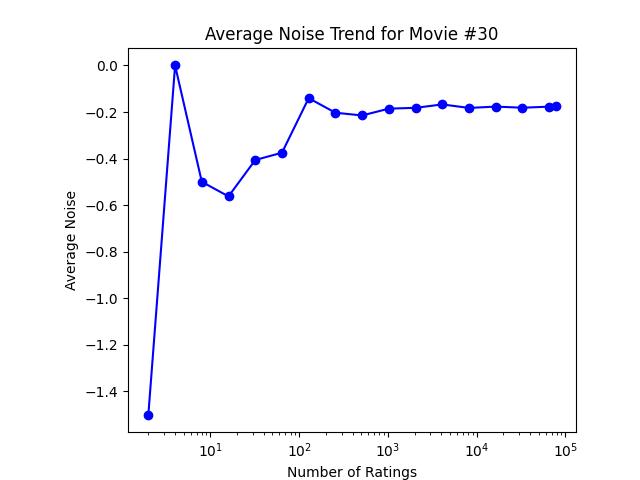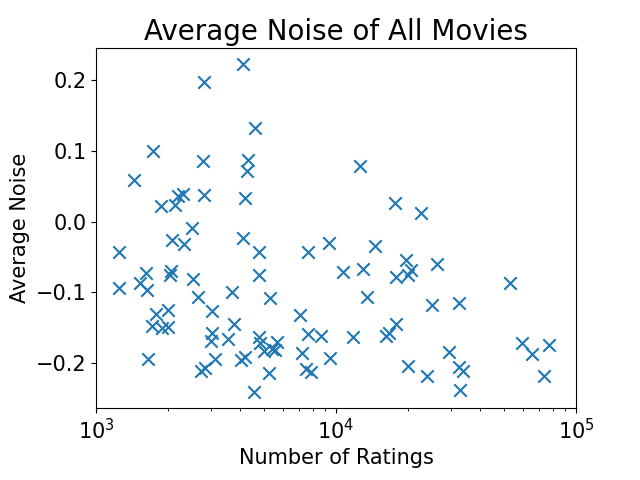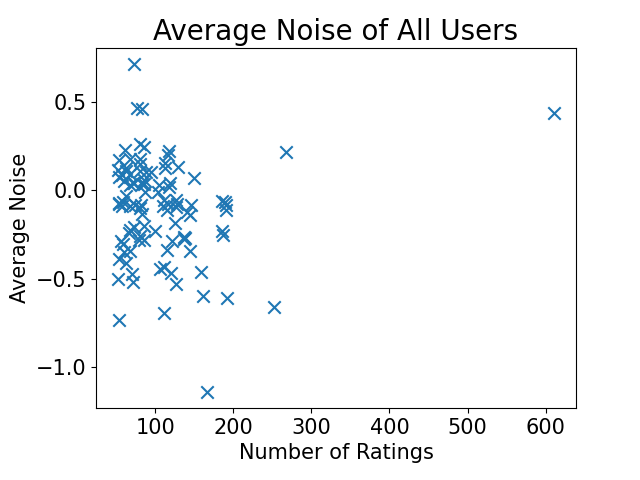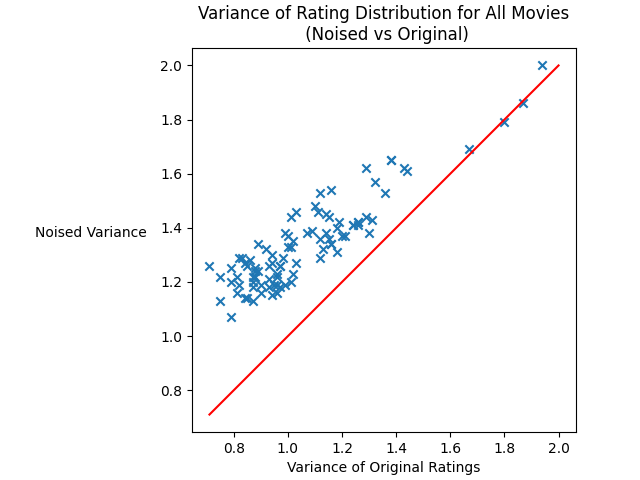Presentation Slides: PrivyPlot: Differential Privacy on Movie Ratings
virtualenv -p python3 venv
source venv/bin/activateTo install packages
pip3 install -r requirements.txt To export packages
pip3 freeze > requirements.txtReference: https://docs.djangoproject.com/en/4.2/ref/databases/#mysql-notes
Install MySQL firstly and run it locally.
Install mysqlclient on MacOS: see https://github.com/PyMySQL/mysqlclient
# Assume you are activating Python 3 venv
brew install mysql-client pkg-config
export PKG_CONFIG_PATH="$(brew --prefix)/opt/mysql-client/lib/pkgconfig"
pip install mysqlclientModify the database setting in rating_backend/settings.py:
DATABASES = {
'default': {
'ENGINE': "django.db.backends.mysql",
"NAME": "movie",
"USER": "root",
"PASSWORD": "password",
"HOST": "127.0.0.1",
"PORT": 3306,
}
}Download the data from
https://www.kaggle.com/datasets/rishitjavia/netflix-movie-rating-dataset/data, and put them under ./archive.
Run the following command to sort the dataset:
python movie/data_sort.py
python movie/data_sort2.py
# start the database
mysql.server start
# start the backend service
# the backend endpoints will be available at http://127.0.0.1:8000/
python manage.py runserver
# start the frontend service
# the frontend webpage will open at http://localhost:3000/
cd rating_frontend
npm start-
GET /v1/movie/load
Load Data
Load data from csv files under folder
./archive.Because there're too many ratings in the dataset, by default we only load at most 1000 ratings for each movie. To change this, comment out the following code in function
load_csv_datain./movie/movie.py:if movie_rate_user_count >= 1000: continue
-
GET /v1/movie/evaluate/mid/<int:max_movie_id>/
Evaluate the Netflix Dataset by movies: load the ratings for movies whose movie_id < max_movie_id, add noise to them and export evaluation results under ./
resultsfolder. By default we only load at most 1000 ratings for each movie. -
GET /v1/movie/evaluate/uid/<int:max_user_id>/
Evaluate the Netflix Dataset by users: load the ratings for users whose user_id < max_user_id, add noise to them and export evaluation results under
./resultsfolder. -
POST /v1/movie/<int:movie_id>/rate/
Parameters needed in the Body of request: user_id (int), rating (int)
Store a user's rating for a movie, and add noise for it.
-
GET /v1/movie/<int:id>
Get all the info about a movie.
-
GET /v1/movie/get_rating_distribution/<int:movie_id>/
Get distribution of ratings for a specific movie.
-
GET /v1/user/rating
Get ratings of a user.
------------ Attention: The following APIs stores charts generated under
./movie/diagramsfolder. --------- -
GET /v1/movie/generate_noise_pie_diagram/
GET /v1/movie/generate_noise_pie_diagram/<int:movie_id>/
Generate and return the noise pie chart for all noised ratings or noised ratings of a movie.
We also draw the bar chart of noise value distribution for each original rating value, but does not return them in response.
Example:
-
GET /v1/movie/generate_noise_trend_diagram/<int:movie_id>/
Generate and return the trend of average noise for a movie with movie_id.
Example:
------------ Attention: The following APIs depends on the csv files under ./results folder. --------------
------------ Make sure to run /v1/movie/evaluate/ firstly. --------------
-
GET /v1/movie/generate_avg_noises_diagram_all_movies/
Generate and return the average noise scatter chart for all movies according to latest result file under
./resultsfolder.Example:
-
GET /v1/movie/generate_avg_noises_diagram_all_users/
Generate and return the average noise scatter chart for all users according to latest result file under
./resultsfolder.Example:
-
GET /v1/movie/generate_variance_diagram_all_movies/
Generate and return the scatter chart showing the variance of ratings for all movies according to latest result file under
./resultsfolder. Draw function$y=x$ as a baseline for comparison.Example:

